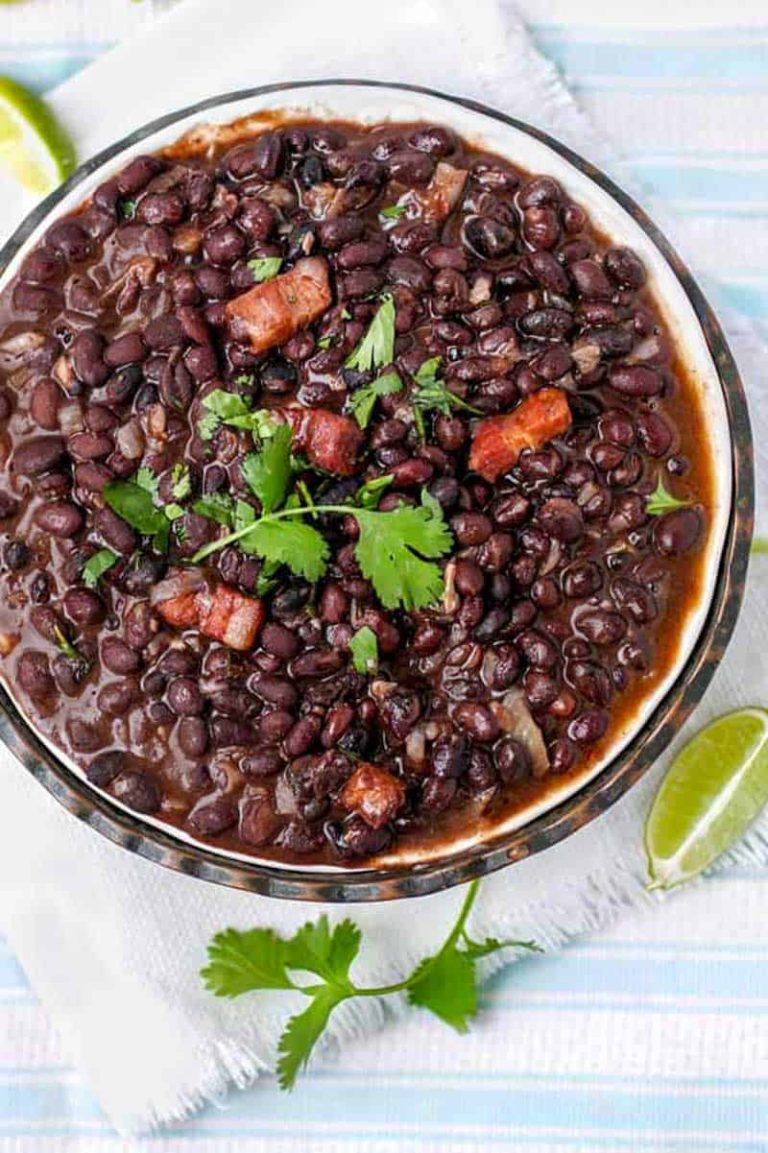Champorado: Cultural Roots, Recipe Variations, and Health Benefits of the Filipino Cocoa Rice Dish
Champorado is a Filipino chocolate rice porridge rooted in historical influence from the Spanish colonizers who brought their love for chocolate to the Philippines. The dish, which combines native sticky rice with cocoa, evolved over generations to become a comforting breakfast staple. It was originally inspired by the Mexican champurrado but adapted by Filipinos to include local ingredients like sticky rice. This fusion of cultures created a unique dish that has endured through centuries, symbolizing the resilience and adaptability of Filipino cuisine.
Ingredients in a Traditional Champorado Recipe
A traditional champorado recipe typically includes five main ingredients:
- Glutinous Rice: Provides a sticky, chewy texture, essential for the dish.
- Cocoa Powder or Tablea: Adds a rich, chocolatey flavor, giving champorado its signature taste.
- Water: Cooks the rice and melds the ingredients together.
- Sugar: Sweetens the porridge, balancing the bitterness of the cocoa.
- Condensed Milk or Evaporated Milk: Poured on top before serving; imparts creaminess and enhances flavor.
Some variations may include additional toppings such as dried fish (tuyo) for a savory contrast or fruits for added sweetness.
How Champorado Is Made
Cooking Techniques and Tips
Prepare the glutinous rice for champorado by rinsing it thoroughly. Use a medium-sized pot, bringing water to a boil before adding the rice. Stir occasionally to avoid sticking. Cook the rice for 10-15 minutes or until it reaches the desired texture.
Add cocoa powder gradually to prevent clumping. Stir consistently to dissolve the powder completely. Use a whisk if needed to maintain a smooth consistency. Sweeten the mixture with sugar, adjusting to your taste preference.
Keep the heat low to medium to prevent burning. Stir frequently, especially after adding sugar. The mixture should thicken to a porridge-like consistency.
Serve champorado warm, topping it with condensed or evaporated milk for creaminess. Consider adding a pinch of salt to enhance the cocoa flavor. Optional toppings include dried fish or fruits.
Adapting the Traditional Recipe
Incorporate alternatives to modify the traditional champorado recipe. Replace cocoa powder with tablea, a traditional Filipino chocolate, for a richer flavor. Adjust cooking time when using tablea, as it takes longer to melt.
For a healthier version, use brown sugar or coconut sugar instead of white sugar. Substitute regular milk with coconut milk for a tropical twist.
Experiment with additional ingredients for unique flavors. Add a touch of vanilla extract or cinnamon to the mix. Fruits like bananas or mangoes can be diced and incorporated for added texture.
Explore savory variations by pairing champorado with tuyo, a type of dried fish. The salty contrast enhances the sweetness of the dish, providing a balanced flavor profile.
Variations of Champorado Across the Philippines
Regional Twists on the Classic
Different regions in the Philippines put their unique spin on champorado. In Bicol, for example, you often find champorado enhanced with coconut milk, making it richer and more flavorful. Visayan regions sometimes use muscovado sugar, which adds a deeper molasses flavor. Ilocanos might incorporate local tablea, producing a champorado with a distinct, robust chocolate taste. Explore these regional variants to experience the diverse culinary heritage across the Philippines.
Modern Influences and Fusion Variants
Modern influences have introduced new variations to the traditional champorado. Some versions replace cocoa with matcha, resulting in a green tea-infused twist. Others experiment with toppings like fresh fruits or nuts for added texture and flavor. Fusion restaurants may offer champorado with unconventional pairings such as gourmet tuyo or salted caramel drizzle. These modern takes provide a fresh perspective while retaining the dish’s essence.
Nutritional Aspects of Champorado
Health Benefits
Champorado offers several health benefits due to its ingredients. The rice in champorado provides essential carbohydrates, which serve as a primary energy source. Carbohydrates support your daily activities and overall metabolic functions. Cocoa, the key flavoring ingredient, is rich in antioxidants. These compounds help combat oxidative stress and inflammation within your body. Additionally, cocoa has been linked to improved heart health and enhanced mood due to its flavonoid content.
Including milk, whether fresh or evaporated, adds a good dose of calcium and protein. Calcium strengthens your bones, while protein is vital for muscle repair and growth. Adding coconut milk, popular in some regional variants, brings medium-chain triglycerides (MCTs) which offer quick energy and have been studied for their potential to support weight management.
Considerations for Dietary Restrictions
When considering dietary restrictions, champorado has several adaptable aspects. For lactose intolerance, you can substitute regular milk with lactose-free or plant-based milk alternatives like almond or soy milk. These alternatives maintain the creamy texture without causing digestive issues.
For those watching sugar intake, using alternative sweeteners like stevia or erythritol prevents blood sugar spikes. Diabetic-friendly options ensure the dish remains enjoyable for people managing their glucose levels. Gluten-intolerant individuals can rest assured since traditional champorado uses rice, which is inherently gluten-free.
For vegan diets, eliminating dairy components and using coconut or other plant-based milk aligns this dish with vegan dietary principles. Using high-quality dark chocolate or cacao ensures the dish remains vegan without compromising its rich, chocolatey flavor.
By considering these nutritional aspects and dietary needs, you can enjoy champorado in a way that aligns with your health goals and preferences.
Conclusion
Champorado is more than just a delightful breakfast dish; it’s a rich tapestry of cultural heritage and modern innovation. Whether you prefer the traditional recipe or enjoy experimenting with fusion variants, there’s a version of champorado to suit every taste. By making mindful ingredient choices, you can savor this comforting dish while staying true to your dietary needs. So go ahead, explore the diverse world of champorado, and find the perfect bowl that brings warmth and joy to your mornings.





